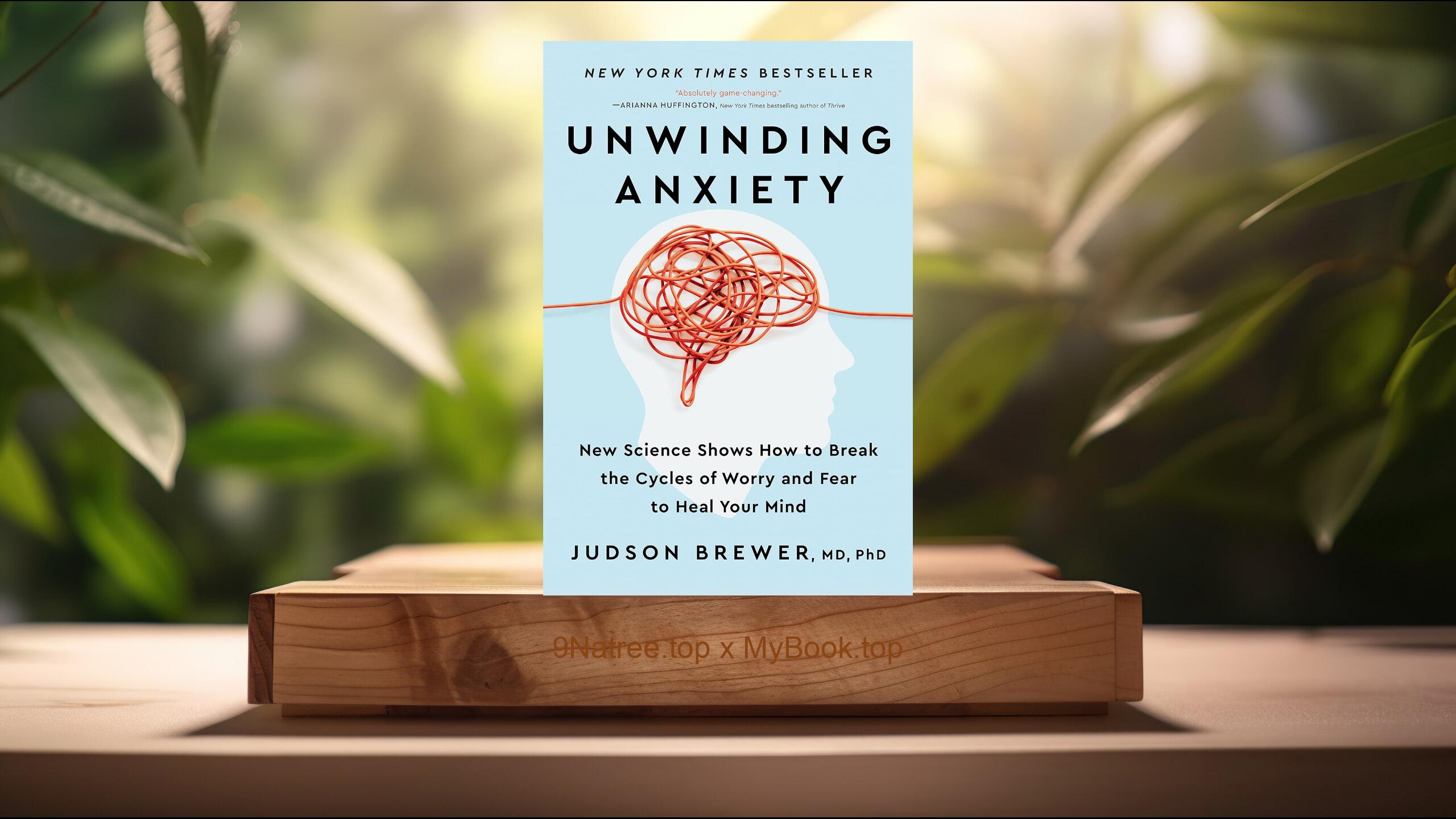Show Notes
- Amazon USA Store: https://www.amazon.com/dp/B000OYDNBA?tag=9natree-20
- Amazon Worldwide Store: https://global.buys.trade/The-Age-of-Spiritual-Machines-Ray-Kurzweil.html
- Apple Books: https://books.apple.com/us/audiobook/the-age-of-spiritual-machines-abridged/id1459565865?itsct=books_box_link&itscg=30200&ls=1&at=1001l3bAw&ct=9natree
- eBay: https://www.ebay.com/sch/i.html?_nkw=The+Age+of+Spiritual+Machines+Ray+Kurzweil+&mkcid=1&mkrid=711-53200-19255-0&siteid=0&campid=5339060787&customid=9natree&toolid=10001&mkevt=1
- Read more: https://mybook.top/read/B000OYDNBA/
#RayKurzweil #ArtificialIntelligence #TechnologicalSingularity #HumanMachineFusion #ExponentialGrowth #DigitalImmortality #FuturePredictions #TheAgeofSpiritualMachines
These are takeaways from this book.
Firstly, The Law of Accelerating Returns, Kurzweil introduces the concept of the Law of Accelerating Returns to explain how technological growth is exponential rather than linear. This principle is fundamental to understanding why Kurzweil believes machines will surpass human intelligence in the near future. He demonstrates this through historical trends in technology, showing how each new innovation builds on the last at an accelerating pace. This is particularly evident in the field of computing, where the power of processors doubles approximately every two years – a trend known as Moore's Law. Kurzweil argues that this exponential growth is not limited to computers but applies to all forms of technology, leading to revolutionary changes in virtually every aspect of human life. He predicts that this acceleration will result in machines that are smarter than humans within a few decades, fundamentally altering the landscape of human intelligence and capability.
Secondly, Artificial Intelligence and Consciousness, A cornerstone of Kurzweil's thesis is the prediction that machines will not only match but also exceed human intelligence, potentially even achieving consciousness. He explores various forms of artificial intelligence, from expert systems and natural language processing to neural networks and machine learning. Kurzweil speculates on the emergence of AI that can learn, adapt, and eventually experience emotions and self-awareness. He delves into the philosophical implications of non-biological consciousness, raising questions about identity, ethics, and the soul. Kurzweil's exploration into AI consciousness is not just technical but deeply philosophical, considering the potential for machines to become independent entities with their desires, rights, and moral considerations.
Thirdly, The Fusion of Human and Machine, One of the most provocative aspects of Kurzweil's vision is the inevitable fusion of human and machine, leading to enhanced human capabilities and even immortality. He forecasts the development of biotechnology, nanotechnology, and most importantly, brain-machine interfaces that could augment human memory, intelligence, and physical abilities. Kurzweil describes scenarios where humans could download their consciousness into computers, achieving a form of digital immortality. He also discusses the potential for nanobots to repair and improve human cells, leading to significant extensions in lifespan and possibly eradicating diseases. This blend of human and machine opens up unprecedented opportunities for human evolution, as well as complex ethical and philosophical questions about what it means to be human.
Fourthly, The Impact on Society and Economy, Kurzweil doesn't shy away from discussing the social and economic implications of these technological advancements. He envisions a future where jobs are dramatically transformed by automation and AI, leading to both challenges and opportunities. Kurzweil suggests that many traditional careers will become obsolete, but new professions will arise in their stead, focusing on maintaining and advancing AI and other technologies. He also touches on the economic impact of an intelligence explosion, including potential inequalities and shifts in the global workforce. Furthermore, Kurzweil addresses how education, healthcare, and governance might evolve to accommodate these changes, emphasizing the need for societies to adapt to the rapidly shifting landscape.
Lastly, Ethical Considerations and Future Predictions, Kurzweil dedicates a significant portion of the book to the ethical dilemmas and future predictions associated with surpassing human intelligence. He delves into the moral responsibilities of creating machines that may one day possess consciousness and autonomy. The author also explores potential risks, including scenarios where AI could become uncontrollable or be used for harmful purposes. Despite these challenges, Kurzweil remains optimistic, believing that humanity can guide this evolution in a responsible manner. He predicts that by integrating with machines, humans will overcome biological limitations, leading to an era of unparalleled growth and understanding. Kurzweil's discussions provoke critical thought about how to approach the future of AI and human expansion responsibly and equitably.
![[Review] The Age of Spiritual Machines (Ray Kurzweil) Summarized](https://episodes.castos.com/660078c6833215-59505987/images/1993525/c1a-085k3-dm4g700ji156-jvgzpr.jpg)




